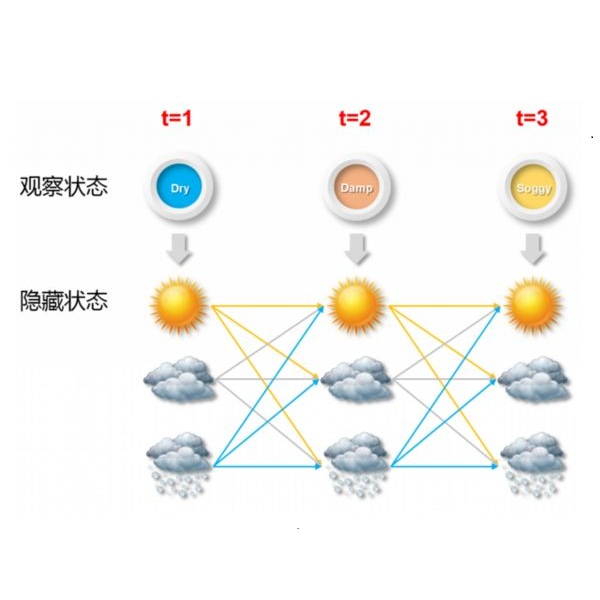GPS technology is currently easily accessible to researchers, and many animal movement datasets are available. Two of the main features that a model which describes an animal's path can possess are directional persistence and attraction to a point in space. In this work, we propose a new approach that can have both characteristics. Our proposal is a hidden Markov model with a new emission distribution. The emission distribution models the two aforementioned characteristics, while the latent state of the hidden Markov model is needed to account for the behavioral modes. We show that the model is easy to implement in a Bayesian framework. We estimate our proposal on the motivating data that represent GPS locations of a Maremma Sheepdog recorded in Australia. The obtained results are easily interpretable and we show that our proposal outperforms the main competitive model.
翻译:目前研究人员很容易获得GPS技术,许多动物运动数据集可供研究人员使用。描述动物路径的模型可以拥有的两个主要特征是方向性持久性和吸引到空间某一点。在这项工作中,我们提出了一种可以具有两种特点的新方法。我们的建议是一个隐蔽的Markov模型,其中含有新的排放分布。上述两个特征的排放分配模型,同时需要隐藏的Markov模型的潜在状态来说明行为模式。我们表明该模型很容易在巴耶西亚框架内实施。我们估计了我们关于代表澳大利亚记录的Maremma Sheepdog的GPS位置的激励数据的建议。获得的结果很容易被解读,我们表明我们的提案优于主要的竞争模式。




